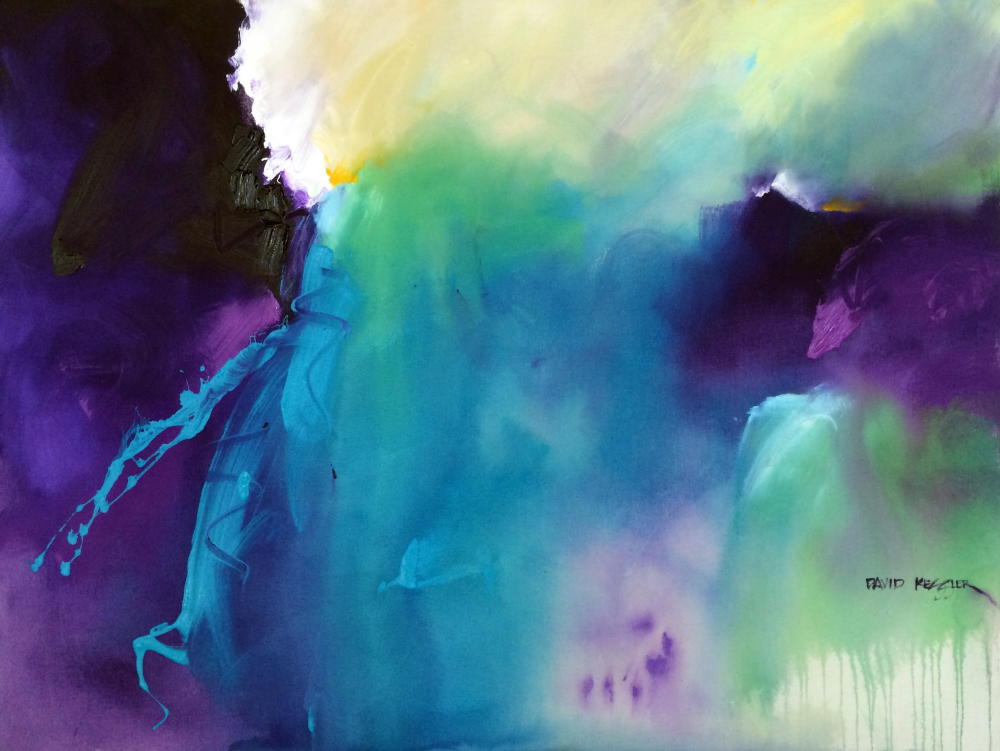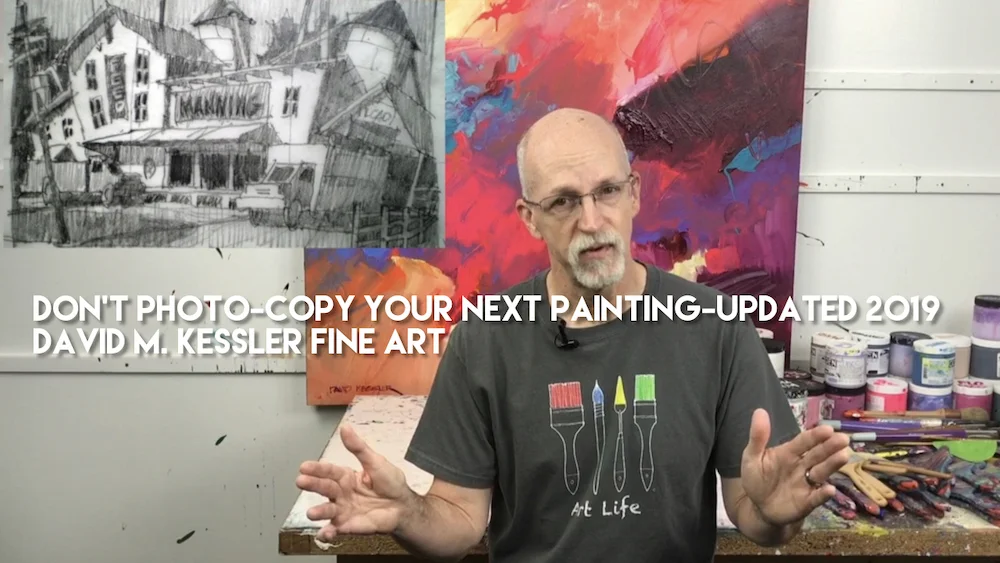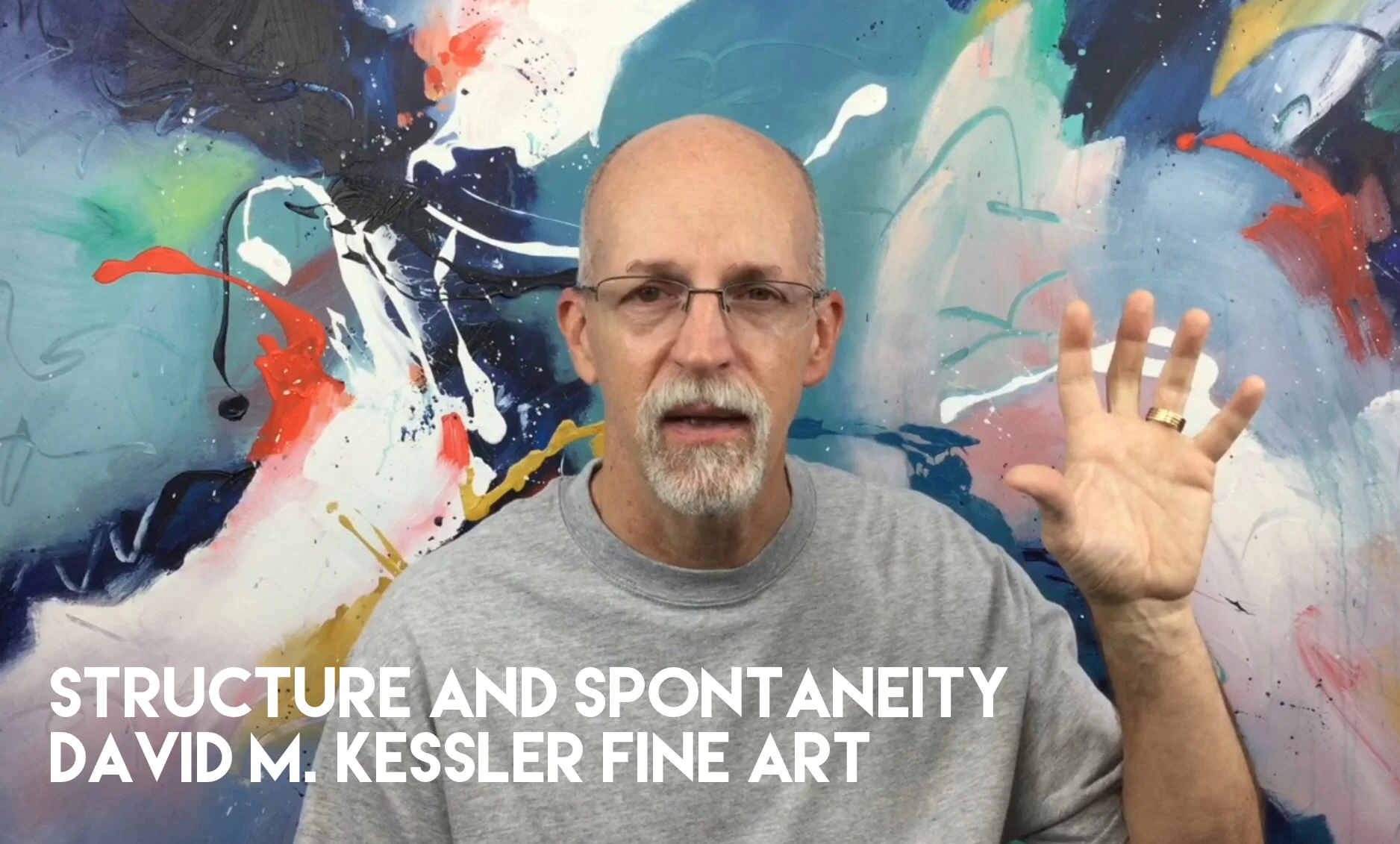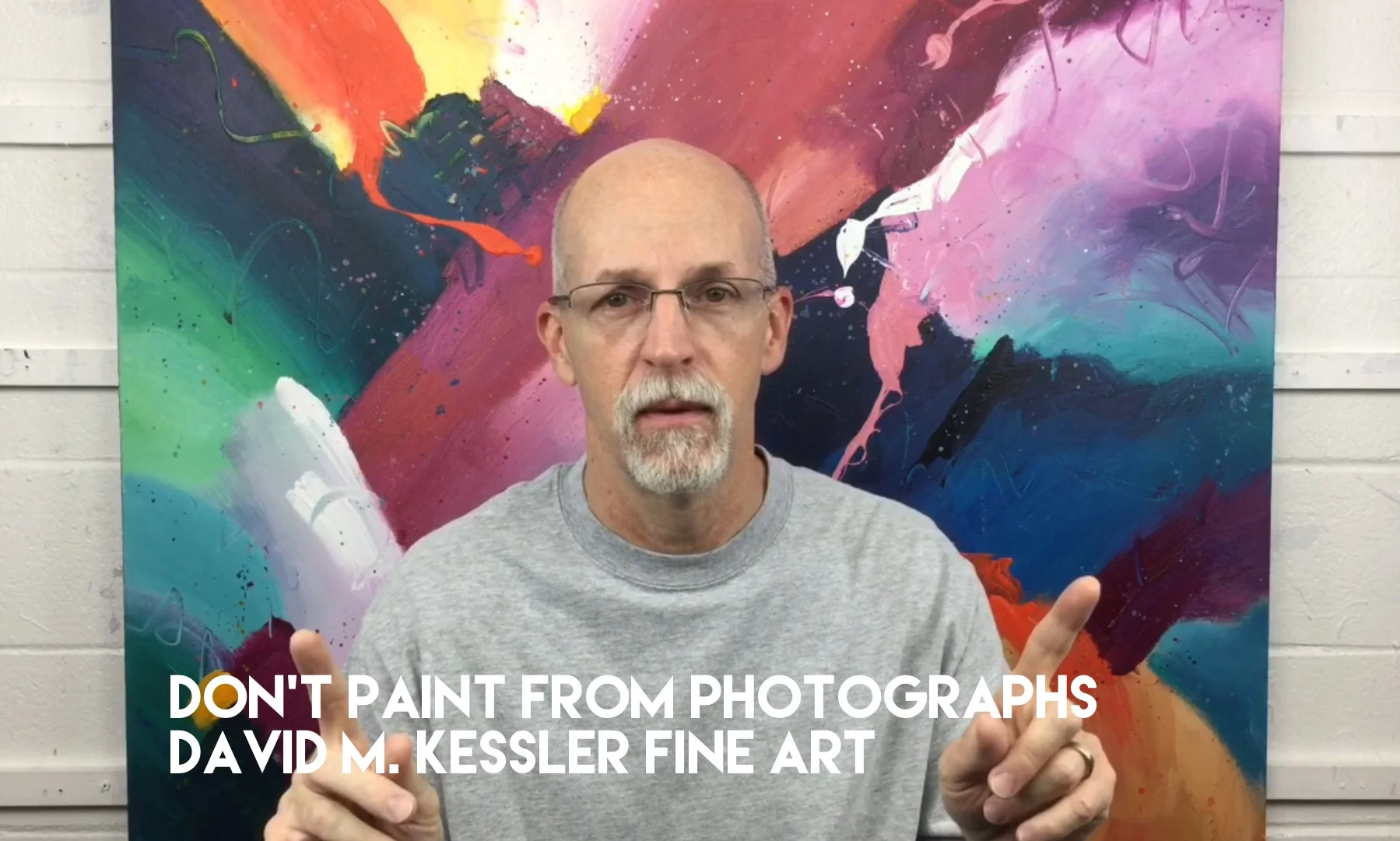Don't "Photo-Copy" Your Next Painting-Updated for 2019
/As artists we sometimes get into a rut using photographs from which to create our work. Photographs are easy because the image they contain is right in front of us. I find that nearly all beginning students completely rely on the image in the photograph as their composition - this is what I refer to as "photo-copying". This is not necessarily their fault because no one has ever taught them about the principles of design and how to utilize those principles to develop a composition. The design of the painting is really more important than the production quality of the finished work. The design is as much the "art" of a piece as the production.
Read More









